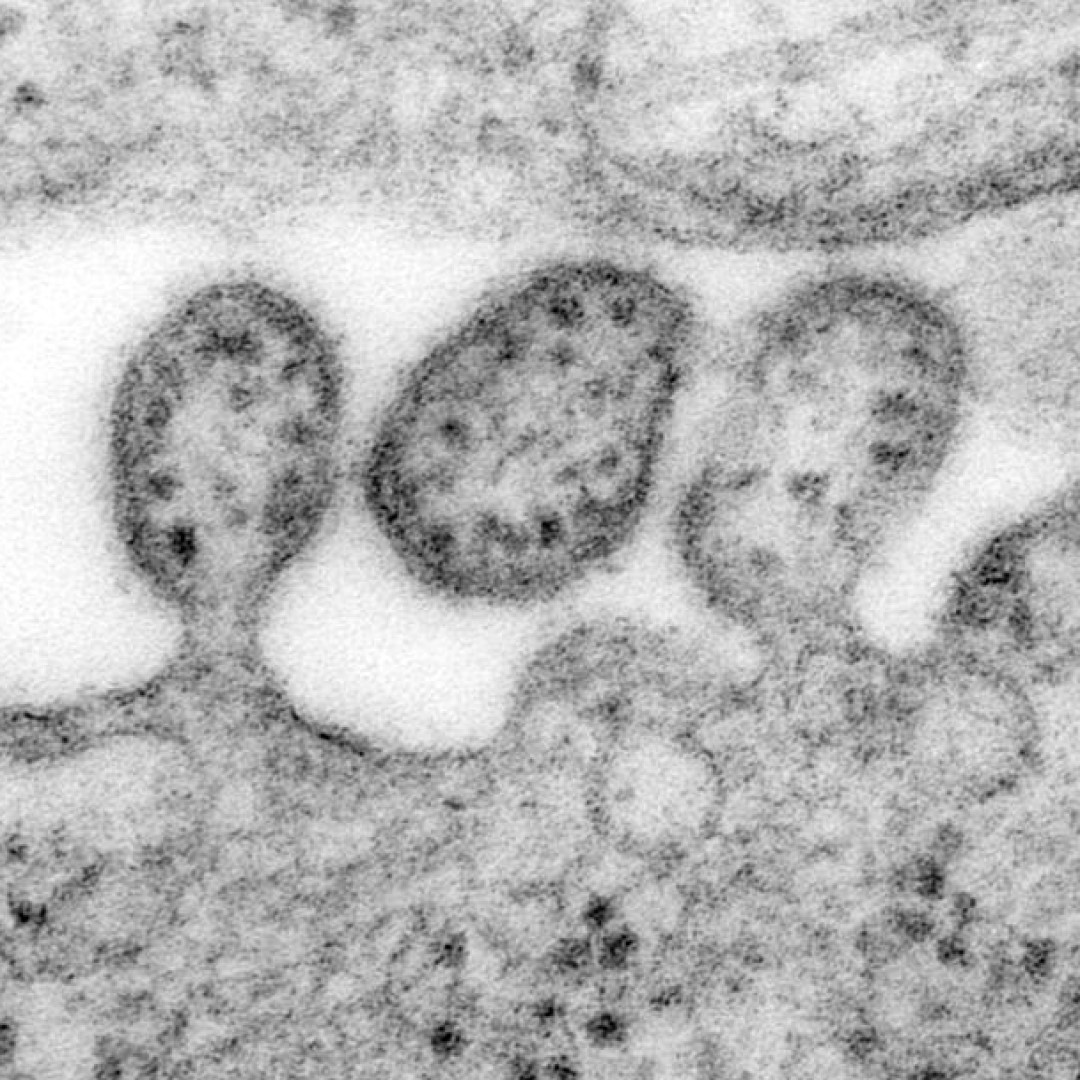
Rapid diagnostic detected Lassa and Ebola in real-time
On Aug. 26, 2020, researchers announced an inexpensive, sensitive, CRISPR-based tests diagnose two deadly viruses in settings with limited infrastructure.
One of the keys to bringing a viral outbreak under control is rapid detection and diagnosis, which depend on the availability of fast, low-cost, easy-to-use tests that don’t require labs or expensive equipment to process them. Scientists at the Broad Institute of MIT and Harvard and collaborators in the United States, Nigeria, and Sierra Leone have now validated such tests for Ebola and Lassa — two of the deadliest and most transmissible human viruses — in settings with limited infrastructure. The work appears in Nature Communications.
The diagnostic tests use the CRISPR-based SHERLOCK assay to detect low levels of virus in patient samples and generate either a fluorescent readout or a result on a paper strip. The test can be tailored to detect specific viruses from certain regions, requires only a simple heat block and basic supplies to run, costs less than US$1 per sample, could be used on saliva or urine — eliminating the need for blood draws — and can return results in less than an hour.
The tests also use a rapid chemical and heat treatment called HUDSON to inactive the virus in patient samples. HUDSON makes the patient samples safer for clinical staff to handle in a low-tech environment, and eliminates the need to extract a virus’s genetic material from the samples before analyzing.
The research team was led at Broad by Kayla Barnes, an NIH Fogarty K fellow at the Harvard School of Public Health and Broad Institute, Anna Lachenauer, a medical student at Stanford University School of Medicine, and institute member Pardis Sabeti, a professor at Harvard University and investigator with the Howard Hughes Medical Institute.
Tags:
Source: Broad Institute
Credit: Photo: C. S. Goldsmith, Transmission electron microscopic image of three Lassa virus particles, Centers for Disease Control and Prevention.
